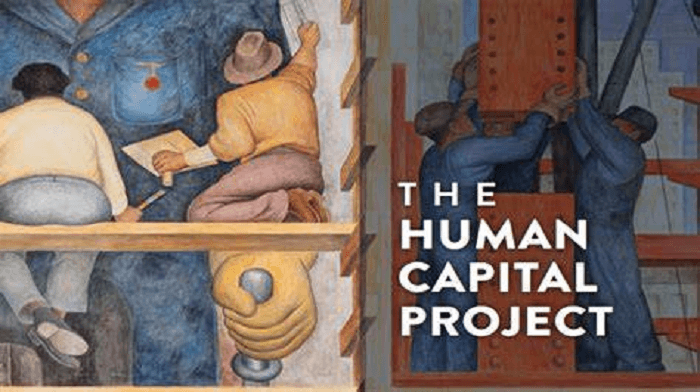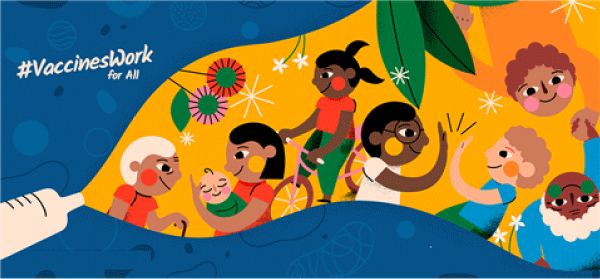World Bank DefinitionWorld Bank is an international financial institution that has an affiliation with United Nations. The main objective of the World Bank is to provide finance, advice, and research to developing countries to help them in their economic advancement. In order to help poor nations to fight poverty, World Bank also offers developmental assistance to such countries.  World Bank is the result of the Bretton Woods Agreement. The World Bank is now also called the World Bank Group because of its expansion and the addition of five cooperative organizations. In this article, we will learn more about World Bank briefly. Understanding World BankWorld Bank acts as a financial institution that aids developing nations and poor nations by providing them with financial as well as technical assistance. The headquarter of the World Bank is in Washington, D.C. Another important function that the World Bank performs is that it monitors the proper implementation of free-market reforms. It also supervises the economic policies of developing nations and makes and suggests reforms in such countries' public institutions. World Bank also provides low-interest loans, grants, and zero-interest credits to qualifying countries in order to help develop individual economies. It provides training to both private and public sector organizations. History of World BankDuring the end days of World War II, Bretton Woods Agreement was signed, which talks about the creation of a collective international monetary system, the formation of the World Bank, and the International Monetary Fund (IMF). As a result of this agreement, World Bank was established in 1944. Since the World Bank and IMF's formation, they have worked almost with the same goals. Initially, the main goal of the World Bank and IMF was to only fund European and Asian nations for post-war reconstruction efforts. Purposes of the World Bank
The emergence of the World BankThe World Bank was initially a single institution, but with time, it has now expanded and has become a group of five institutions, which are collectively known as the World Bank. The name of the first organization of this group is International Bank for Reconstruction and Development (IBRD). IBRD is an institution that helps middle-income governments by providing them with debt financing. International Development Association (IDA) is the second organization of the World Bank Group. It provides interest-free loans to poor countries. The third organization of the group is International Finance Corporation (IFC). IFC mainly focuses on the private sector and provides financial advisory services and investment financing to developing countries. Multilateral Investment Guarantee Agency, which focuses on promoting Foreign Direct Investment (FDI) in developing countries, is the fourth organization of the World Bank Group. The last and fifth organization of the group is the International Centre for Settlement of Investment Disputes (ICSID). The main function of this organization is to provide arbitrations in cases of international investment disputes. Examples of World Bank InvolvementsHuman Capital ProjectWorld Bank launched Human Capital Project in 2017 to help countries in making their people into productive citizens and also into active contributors in boosting the economy of the countries. As part of this project, the World Bank urged world leaders to invest in areas such as education, health care and social security as it can help build their country into a strong economy, leading to healthy and prosperous adults.  Under this project, governments were also suggested by the World Bank how to improve the quality and make childcare affordable for the proper development of the children of their nations. The project also focused on increasing employment opportunities for women in countries by providing suggestions to the governments of member nations. The project also set up an outline for increasing the economic growth of the nations. World Bank realized the importance of building human capital globally and identified some areas which are needed to be focused on to do so. These areas are Human Capital Index (HCI), country engagement, and measurement and research. Human Capital Index was created in 2018. It is used to check the government's investment in building human capital, especially in education and health. It also helps the government analyze the loss made because of not investing in human capital. On the basis of the result of the Human Capital Index, the government of the country may find the best remedies to fix the deficiencies. World Bank not only analyzes human capital but also measures how effective a nation's educational and healthcare systems are. Measuring the effectiveness of these sectors helps them determine what should be stopped and what they should continue doing. It also gives suggestions to the government of member nations on where to allocate the resources. National Immunization Support ProjectWorld Bank launched National Immunization Support Project for Pakistan in April 2016. The estimated cost of the project was $377.41 million, and the aim was to increase the distribution of vaccines equitably to children between the ages of 0 to 23 months. There were five components that the World Bank mentioned in the project to improve the distribution of vaccines in the country. Under the first component, it was mentioned to create a governance structure and focus on logistics, evaluation system, and monitoring of the project. The second component involved proper performance planning and the process of aligning skilled human resources.  The third component involved such programs through which awareness about the project could be promoted among the citizens of Pakistan. The fourth component of the project focused on the equipment which was required to distribute the vaccines among the citizens of the country and also to increase the supply chain of the vaccines. At the same time, the last and fifth components also involved the strategies for expanding the program's reach and increasing the development and research in the field. Learning for the Future ProjectLearning for the Future was another project which World Bank launched. The project's objective was to enhance children's preparedness for school and the effectiveness of secondary education in Kyrgyz Republic communities. This project of the World Bank included two components. The project's first component was to improve the accessibility to early education for the country's children. In contrast, the project's second component focused on enhancing instruction effectiveness in secondary education. To achieve the objectives of the project, around 500 community-based kindergarten programs were established in which around 20000 students were allowed to participate. In addition, a training program for 500 teachers was funded under the project in order to improve instructions in secondary education. The project also provided some digital resources for the purpose of improving learning. Who owns the World Bank?The World Bank has no real owner but is an organization represented by a Board of Governors, and the involvement of member states makes it an organization. The Board of Governors is responsible for the creation of policies and for the appointment of executive directors. The role of the executive governors is to approve the loans and govern the business of the bank and budgets. The daily operations are managed by the president and managers of the bank. What is the source of money of the World Bank?World Bank receives funding from many wealthy nations. They also issue debt securities which are called bonds, to make money. Covid-19 and World BankDuring the Covid-19 pandemic, the slow response of the World Bank to the Pandemic Emergency Financing Facility (PEF) was largely criticized by many nations. The Pandemic Emergency Financing Facility (PEF) was a World Bank fund designated for use in outbreaks of pandemics. It has now been discontinued. But, there was a condition behind its use, which said that the fund could be released only after the completion of 12 weeks from the initial detection of the epidemic. This was the reason why the World Bank was widely criticized, as releasing funds after 12 weeks would not be as effective as if released earlier. |